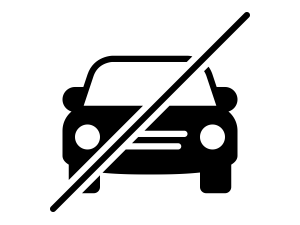
New citroen LPG Car Models
André Citroën was born in Paris on February 5, 1878 son of Levie Citroën, a diamond dealer of Dutch Jewish origin and Amalie Kleimmann, a Jewess of Polish origin. André Citroën's father died when he was six years old.
In 1912, after visiting some Polish relatives of his wife and seeing a distinctive set of wooden gears, he created a company to manufacture double-propelled gears and the Citroen logo was born.
In 1913, he took over the Mors car company and increased production tenfold. With the outbreak of the war in 1914, Citroën offered to increase the production of ammunition and the French government gave it the go-ahead; its factories produced more than 50,000 shells per day. In 1919, Citroën began to build automobiles in his Javel works. He employed mass production techniques hitherto unknown (in Europe) taken from Henry Ford in the United States and in a year he manufactured 100 automobiles per day.
Currently Citroen is owned by the PSA group, together with other brands such as Peugeot or Vauxhall
The list of New LPG factory fitted Models of Cars for sale in Europe is growing continuously, more and more brands offer versions of their cars incorporating LPG which is enhanced by the advantages:
A new LPG Model of vehicle usually maintains the same gasoline system as the traditional version incorporating the LPG / CNG equipment
the LPG Vehicle has a price slightly higher than the gasoline version but lower than the diesel version
Although it can be established that operating in LPG mode the vehicle consumes a little more than gasoline, the price of fuel has a saving of more than 30%
The refilling from the supplier is carried out in a time comparable to that necessary for refueling gasoline. The system is, likewise, very simple and comfortable.
Being a cleaner system, catalytic converters, filters, "adblues" are eliminated, which reduces the possibility of mechanical breakdowns. Thus, for example, the service life of the oil increases with what it means for motor care
The first cities begin to limit the access of diesel vehicles, in their restrictive regulations vehicles with LPG have access advantages
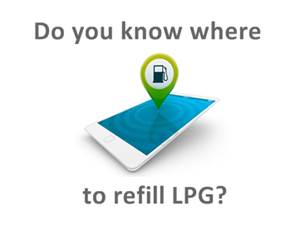

Today there is a wide range of car makers offering lpg versions for their cars in Europe , just for one simple reason:
There are more than 15 million of cars running on lpg on european streets not a small market for car producers
Cars with the POSSIBILITY OF BEING ADAPTED TO CONSUME LPG
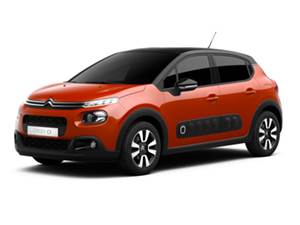
C3
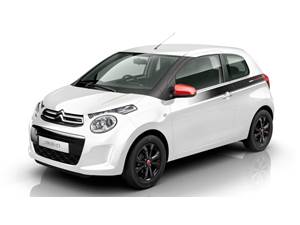
C1
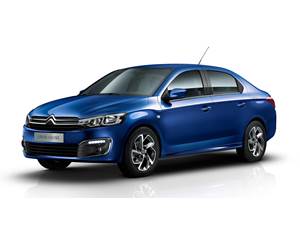
C-Elysée
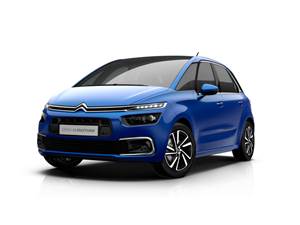
C4 Spacetourer

Grand C4 Sp.
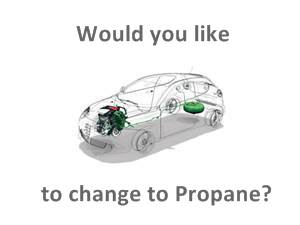


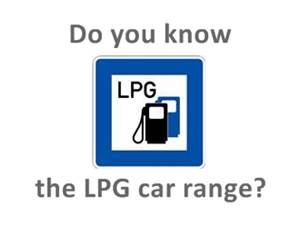
It is likely that a car so evocative of freshly baked baguettes was the product of a Pierre-Jules Boulanger. After having been appointed vice president of the then fighter Citroën in 1935, Boulanger, allegedly inspired by the vision of a horse-drawn chariot that fought near Paris, realized that France needed simple and cheap transport.
Existing automobiles, such as the Peugeot 201 and the newly launched Simca 5, were small and basic, but even these were beyond the reach of the average French country, both in terms of retail price and continuous maintenance. Boulanger saw a gap in the minimalist motorsport market, and decided that Citroën should fill it.
The following year he instigated what would become one of the best design projects in European history. The summary was simple: the car must be sturdy enough to withstand bumpy rural roads, strong enough to carry four people and 50 kg of products (an instinctive seller, Boulanger specified a sack of potatoes or a barrel of beer depending on your audience), economical enough to consume a maximum of three liters of gasoline per 100 km and refined enough to transport a box of eggs through a plowed field without any breaks.
Boulanger installed André Lefebvre as chief engineer and Flaminio Bertoni as stylist. They called the project très petite voiture, or 'TPV' for short. They began designing the TPV in secret at the Michelin facilities in Clermont-Ferrand, with Boulanger maintaining hawk control over the procedures. He even created a department to weigh and adjust each component to ensure minimum waste. But the vigor with which Boulanger embraced minimalism was evident in his first prototype; his body rubbed, the chassis creaked, and the hammock-style seats suspended from the car's roof were dangerously unstable. The POS terminal was being consumed for its own cost.
Changes were made, austerity was reduced and in 1939, the POS was considered appropriate for the French public. There was an initial race of 250 cars, and on September 2, 1939, the first model was cleaned, polished and ready to be shown to the waiting public. The next day, France and Britain declared war on Germany. The Paris Motor Show, where the model would have been revealed, was suspended and the Citroën assembly line was converted to produce military equipment. The project to build an affordable car for the French masses was officially canceled. Unofficially, however, Boulanger persevered. The development continued in secret and to ensure that the TPV did not fall into Nazi hands, Citroën had prototypes disguised as trucks, hidden in barns and buried in farms for safekeeping. The French resistance again labeled the train carriages that carried more examples to deceive the Germans and make them believe that they only contained agricultural equipment. Boulanger flatly refused to collaborate with the German authorities and was included as an enemy of the Reich by gestapo, who tried to arrest him several times. By 1941, some key changes had been made. The 375 cc, two-cylinder, water-cooled engine was replaced by an air-cooled unit of the same size, which had been designed by Walter Becchia. He also set up a four-speed gearbox, an improvement on other small French cars of the time such as the Peugeot 202 and Citroën's own Traction Avant, while the horrible hammock seats were replaced by something more like a chair. The 2CV had not only survived the war, but had significantly improved. However, the battle of Boulanger was not over. The French government introduced Plan Pons, a strategy to restructure the auto industry that bears the name of the naval officer turned into civil servant Paul-Marie Pons. This plan not only limited the production of automobiles to ensure that scarce materials were used for essential reconstruction projects, but also crudely divided the automobile market among existing manufacturers.
Simca and Panhard would continue to build entry-level cars, Peugeot and Renault would produce larger cars, while Citroën was assigned the 'premium' end of the market. It was decreed that Citroën be allowed to create just one model, the elegant and exclusive Traction Avant, frustrating Boulanger's plan to create an affordable car for the people. But the roads in the gray annees had an even greater need for 2CV than before the war. The vehicles pulled by horses had resurfaced by necessity; only about five percent of automobiles in France were still useful after the war, most of them operated on gas from the city, and the road network had fallen into disrepair. France needed its "popular car". In 1948, almost a decade later, it was unveiled at the Paris Salon. Plan Pons came to an end in 1949 and the first car was delivered, the 2CV type A. It remained a basic machine despite ten years of progress; a 375 cc two-cylinder engine produced around 9bhp, its design focused on reducing moving parts to a minimum to reduce the need for costly repairs. Often misinterpreted as a reference to the physical horsepower of the automobile, the "deux chevaux" refers to a tax leg based on fiscal power rather than anything that can be measured on the crank. The cooling fan and the dynamo were integrated in the crankshaft in one piece, which makes the transmission belts are surplus. The only hydraulic part in the whole car were the brakes, and the instruments were limited only to the speedometer and the ammeter. If you stopped and wanted your windshield wipers to continue working, you had to do it by hand. The creature's only comfort was an electric starter, added just before launch; It was very far from the Delahayes, Bugattis and Delages of pre-war France. The automotive press was very critical, with a correspondent from British Autocar commenting that "it is the work of a designer who has kissed the scourge of austerity with an almost masochistic fervor". However, Citroën was flooded with customer orders (which shows that car writers are often far from the norm) and early users were delighted with the simplicity of 2CV.
Within a few months of its launch, the waiting list extended to five years. The second-hand examples became more valuable than the new versions as buyers could cut their waiting time in half. Production grew from 876 units in 1949 to over 6,000 in 1950. In the true spirit of equality, Boulanger's policy established that priority should be given to those who had to travel by car to work, such as veterinarians, field doctors and farmers. , and for those for whom "normal" cars are too expensive to buy. Boulanger died in November 1950, but his idea came to life; at the end of 1951, 100 cars left the factory a week. Millions would be sold around the world. A prosperous market was the African continent. The 2CV Sahara was a version with four-wheel drive designed for a more treacherous terrain than that of France; it had two engines, two transmissions, two gasoline tanks and twice the sale price of a standard 2CV. There followed an unstoppable stream of improvements and special editions, such as the AZ, the Dolly, the 6 Club and the elegant Charleston in two tones. My favorite is the Cocorico, which translates to French as "cock-a-doodle-do", the car sported a tricolor paint job and was optimistically designed to support the French soccer team in the World Cup in 1987. < / p> (Even after France was eliminated from the competition by West Germany, Citroën went ahead with the model.They removed the soccer stickers and released as planned, selling the 1,000 examples almost immediately.It remains one of the special editions of 2CV most wanted.) For 42 years, the 2CV left its production line. Eventually, it began to feel old-fashioned and in 1990, when the French auto industry turned its efforts to models such as Clio and 605, Citroen stopped building its small and small 2CV. Developed on the eve of the war in Europe, this model survived virtually unchanged until the days of the World Wide Web. The 1990s would become a wonderfully optimistic period in car design, especially for French manufacturers, and the 2CV had played an important role in bringing them there. Totem of certain gallic pragmatism, beauty and longevity of the 2CV lies in the sincerity of its design. We may never see such a deeply honest car again. As the French would say, 'Moins, c'est plus'.
 POSSIBILITY OF BEING ADAPTED TO CONSUME LPG
POSSIBILITY OF BEING ADAPTED TO CONSUME LPG




